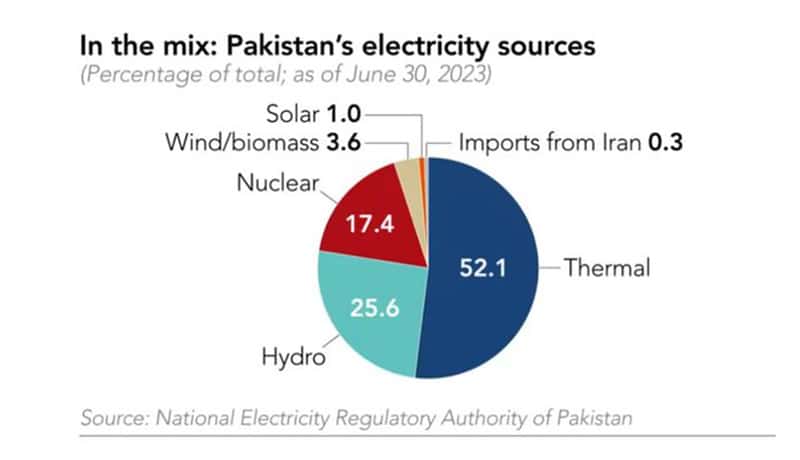Electricity Price Hike in Pakistan Brings new Chance for PV Companies – Startup Pakistan

“Our business has grown rapidly in the past two years due to about 90% of the people here have started using solar energy facing the high electricity costs. On account of the large backlog of orders, our workers are working day and night to install and repair solar photovoltaic panels. By now, we still have seven orders to complete,” said Muhammad, a solar photovoltaic panel installation contractor in Islamabad, who has been very busy recently.
The reporter learned that a principal cause that an increasing number of Pakistanis choose solar photovoltaic power generation is that the country’s electricity bills continue to rise, and no sign of any decline.
Data shows that in 2024, the average monthly electricity bill for Pakistani households is USD 350, while a year ago, the figure was USD 100. In July, when the country received a new USD 7 billion loan from the IMF, the average price per unit of electricity for residential users rose 18%. “Many residents are finding that electricity bills – typically a small portion of household expenses – are more than their monthly rent of USD 100 to USD 700,” said Samiullah Tariq, head of research at Pakistan Kuwait Investment Co. In addition, during peak hours of electricity consumption, the country often suffers power outages, which also causes trouble to residents’ lives. In contrast, the installation of household solar photovoltaic panels costs about USD 3,500, and the power generation is relatively stable.
A photovoltaic project in Pakistan
“My family has installed photovoltaic panels. In the past, there were always power outages when the electricity supply was insufficient. Even if without power outages, the current electricity bills are unaffordable for our living standard. Installing photovoltaic panels could obviously save electricity costs for a lifetime with a one-time investment. It is a cost-effective deal in any way,” Raja, from Rawalpindi, told the reporter.
Another solar panel supplier Syed Khan indicated that the sales of photovoltaic panels, which are mainly imported from China, are growing exponentially. “The sales of solar panels have increased by more than 50% this summer. The average price of each solar panel here is about USD 90 with vary in size and capacity.”
Still, solar energy still has plenty of room to grow in this South Asian country that has suffered from power dilemmas for years, as photovoltaic accounts for a negligible proportion of Pakistan’s power structure. As of June 2023, Pakistan’s installed solar power capacity was 630 MW, accounting for only 1.4% of the total installed capacity.

The energy mix in Pakistan
According to NEPRA, Pakistan’s installed photovoltaic capacity is expected to reach 12.8GW by 2030 and 26.9GW by 2047. At present, Chinese companies such as Zonergy, LONGi, SOFAR and Ningbo Deye have already laid out the photovoltaic storage market in Pakistan for many years and occupy an important position.
Also, the Sindh government lately announced to provide solar systems to 200,000 households across the province, including 50,000 homes in Karachi. “A total of 6,656 solar systems will be distributed in each district of the province,” the Director of Sindh Solar Energy has confirmed.
Ali Majid, Pakistan General Manager of leading solar solutions provider LONGi, believes that it is undoubtedly good news for Pakistan’s photovoltaic industry, specifically, for Chinese PV companies that have been deeply involved in the local market.
“Nestled in a region blessed with ample sunlight, Pakistan boasts approximately 2.9 million MW of solar power potential,” Ali told in an interview. “And while the initial cost of solar technology has been a deterrent, the decreasing global cost is making it more economically viable for Pakistan.”
“The global photovoltaic industry is developing in full swing. China-Pakistan cooperation in related industries can make due contributions to the global response to climate change,” Majid pointed out.
Source link



